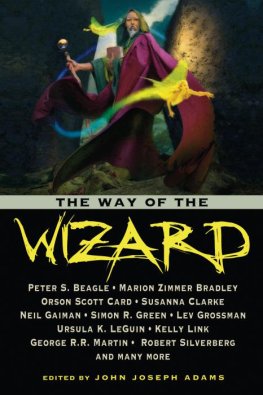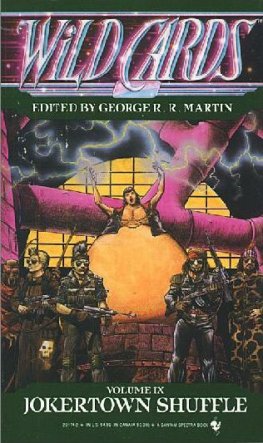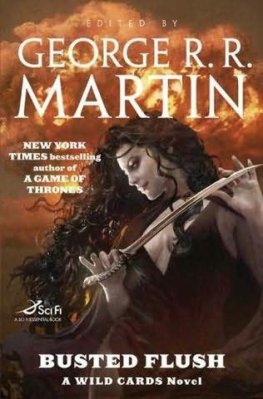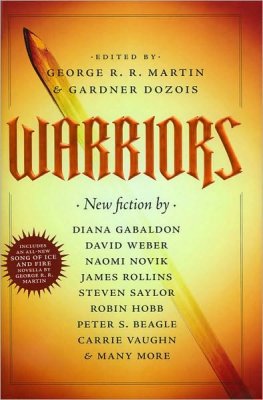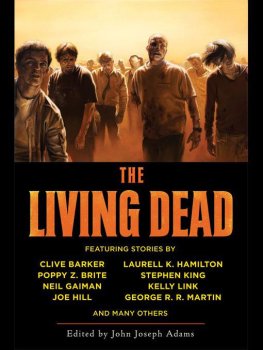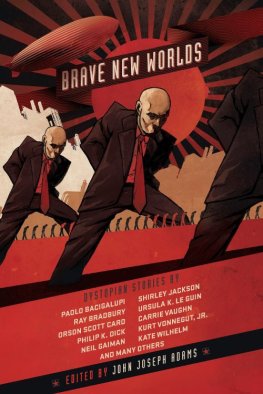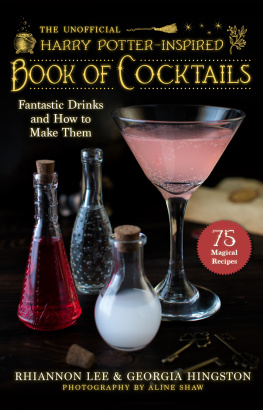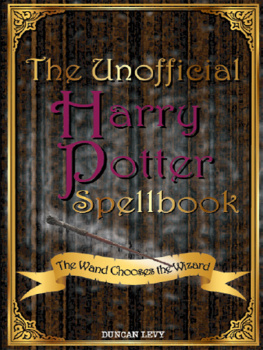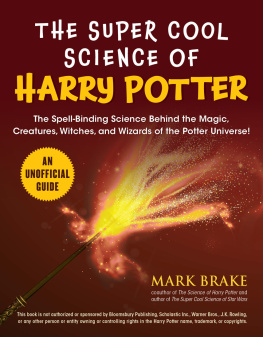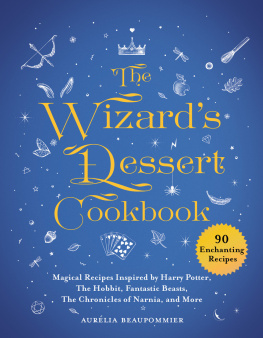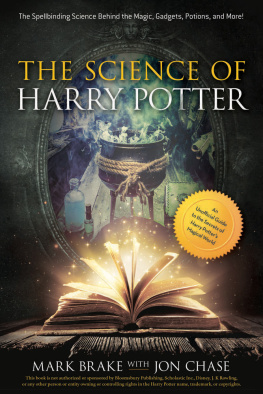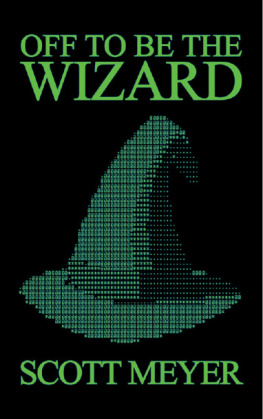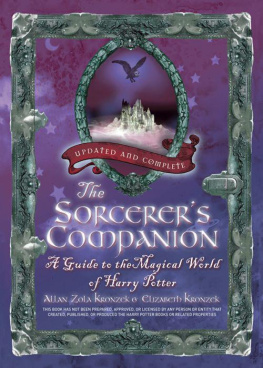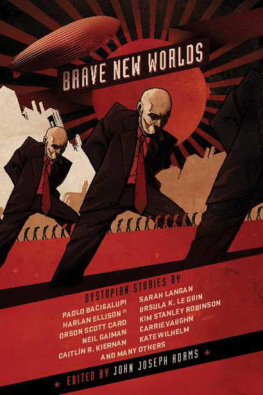edited by JOHN JOSEPH ADAMS
Introduction
John Joseph Adams
In 2004, Forbes Magazine declared J.K. Rowling, author of the wizard-themed Harry Potter series, a billionaire. That was the year the film Harry Potter and the Prisoner of Azkaban was released, earning $795.6 million worldwide in the box office and grossing millions more in licensed merchandise. It can be hard to explain the appeal of the wizard in cinema and literature, but when reduced to the brute language of dollars and cents, it is clear that in the realm of the imagination, the wizard is king.
Stories of magic have tantalized readers and listeners since the dawn of language. Myths are dotted with enchanters and witch-doctors. The fairy tales of the Grimm brothers were stories rich with witches and sorceresses and magicians. Homers ancient epic, The Odyssey, depicts one of the first magic-users in all of literature: the wicked sorceress Circe. Even Shakespeare featured wizards in his fiction, from the Weird Sisters of Macbeth to Prospero in The Tempest.
But wizard literature has exploded since World War II. In a time when technology has given humanity the ability to fly, to communicate instantaneously with people on the other side of the globe, to travel to the moon even to shatter atoms themselves wizards have become even more popular, despite the wonder and magic offered by modern-day technologies. Also, magic-users have moved from the sidelines and into the limelight; where once a wizard was a supporting character or perhaps a villain, now he is the protagonist. Merlin has effectively upstaged Arthur.
J.R.R. Tolkien deserves much of the credit for the popularization of fantasy literature; The Lord of the Rings rocked the foundations of the fantasy field, and its influence continues to be strongly felt more than fifty years after its initial publication. The creatures and archetypes that Tolkien described have become source material for fantasy enthusiasts of all kinds.
Gandalf, with his long white beard and otherworldly wisdom, forms our standard picture of a wizard but he isnt the only kind of wizard out there. In the last five decades, innumerable varieties of wizards and other magic-users have been imagined, and magic itself has come a long way as well. It is no longer just the stuff of staff-carrying old men or witches with bubbling cauldrons; now there are just as many sorcerers making magic happen with their own force of will or spinning creations out of magical languages. Witches are as likely to use electromagnetics to pull magical energy out of ley lines as they are to sacrifice goats to devils.
As writers draw their inspiration from a wider net of folkloric resources, their witches and wizards get their own variety of ethnic flavors. This anthology features shamans working from their aboriginal tradition, witches pulling spells from the words of the Bible, and even necromancers tapping into ancient Egyptian wisdom to suit their own nefarious purposes. If the typical milieu for a fantasy adventure starts in a rustic inn, these extraordinary stories feel as if they begin in the spice market of an exotic bazaar; which is all to the good: magic comes in too many flavors to keep it bound up in the Western European tradition.
Writers might bring new influences to their treatment of magic and the characters who use it, but the importance of the wizard in literature has not changed. Wizards, being possessed (usually) of uncommon intelligence, typically know a great deal more than the other characters in stories; his wisdom might be rooted in evil or it might be rooted in kindness; the wizard might give helpful advice, or he might set the protagonist on a journey of hardship and privation. Whatever he chooses to do, the wizards actions change the heros life forever.
Today, as I mentioned above, we quite often see the wizard himself playing the heros role. Perhaps this is because once the wizard stood for all the things people did not understand about the world, and now the wizard represents the weight of our knowledge. In a time where technology has given any ordinary person the kinds of abilities that were the stuff of fairy tales two hundred years ago, anyone can be a wizard. Everyone is extraordinarily powerful.
But power has a weight, an obligation. It must be carefully used. We read about wizards because the choices they make are our choices writ large. In many stories, a wizards mistake can cause his own death or even the destruction of the entire world. Our own choices can be just as fraught with danger. The automobile can whisk us to and from distant destinations, but a wrong move could mean a deadly accident. An X-ray can diagnose a broken bone, but too much exposure to radiation can cause cancer. A nuclear weapons system can deter a threat, but a misused nuke can set off global war and nuclear winter.
After centuries of dreaming and yearning for magic, we now have it, or at least a taste of it. We love wizards because, no matter how much power we attain, we can always dream of more.
To read about magic is to stir up ancient dreams that live on inside the human mind. They are dreams of wonder and adventure and curiosity. And in a time when it is easy to reduce the world to dreary facts and figures when economists can put a dollar figure to every human creation and natural resource its vital that we have somewhere to go to recharge our dreams.
So read these stories, and in them, find a magical path to walk and a wondrous dream to dream. What you discover no matter what the economists say will be priceless.
George R.R. Martin is the best-selling author of the Song of Ice and Fire epic fantasy series, which is currently in the process of becoming a television series for HBO. Martin has also written a range of other novels including Fevre Dream, The Armageddon Rag, Dying of the Light, and Hunters Run (with Daniel Abraham and Gardner Dozois). He is a prolific author of short stories, which have garnered numerous nominations and wins for the fields major awards, including the Hugo, Nebula, Stoker, and World Fantasy awards; most of these have been collected in the mammoth, two-volume Dreamsongs.
One of the oldest of human desires is to shed our clumsy human bodies and run wild and free with the animals or to soar through the air with the birds. Legend is full of accounts of people who can transform into animals, such as werewolves, or of animals that can transform into humans, such as the huli jing (fox spirits) of Asian mythology. Frequently such transformations involve an animal skin, such as in the tales of the Navajo skinwalkers. There are also countless stories about selkies or swan maidens. Often in fairy tales these creatures will take off their animal skins and become human, and a young man will steal the skin, trapping the creature in human form, and force her to marry him. These stories seldom end happily. It seems that humans were meant to be humans and animals were meant to be animals, and no good ever comes of trying to defy the natural order of things.
Our next story is one of the darkest of all such tales. Of course we want to run with the animals, but this story reminds us of that old advice: be careful what you wish for.
In the Lost Lands
George R.R. Martin
You can buy anything you might desire from Gray Alys.
But it is better not to.
The Lady Melange did not come herself to Gray Alys. She was said to be a clever and a cautious young woman, as well as exceedingly fair, and she had heard the stories. Those who dealt with Gray Alys did so at their own peril, it was said. Gray Alys did not refuse any of those who came to her, and she always got them what they wanted. Yet somehow, when all was done, those who dealt with Gray Alys were never happy with the things that she brought them, the things that they had wanted. The Lady Melange knew all this, ruling as she did from the high keep built into the side of the mountain. Perhaps that was why she did not come herself.

